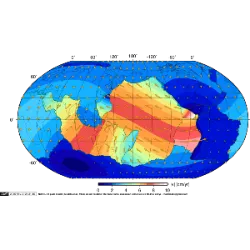A first-degree equation is a polynomial equation whose highest degree is 1

A first-degree equation is a polynomial equation whose highest degree is 1. It is expressed in the general form: ax + b = 0, where a and b are known constants, and x is the unknown variable. The solution of a first-degree equation is a specific value of x that makes the equality true. To solve the equation: Isolation of the term with the unknown: Transfer the term containing the variable to one side of the equation, so that it remains alone. All other terms carry over to the other side. Simplification of the equation: Perform the necessary mathematical operations to simplify the equation. Variable isolation: Divide both sides of the equation by the coefficient of x to isolate the variable. Solution of the equation: The value of x that makes the equality true is obtained, called the solution of the equation. A first-degree equation has a unique solution, unless it is an identity equation, where any value of x satisfies the equality.
Did you know?
As equações de primeiro grau são úteis para resolver problemas do dia a dia, como cálculos de custos, descontos, porcentagens, planejamento financeiro, entre outros. São frequentemente usadas em ciências e engenharia para modelar relações lineares entre variáveis e analisar comportamentos e tendências. Então não deixem de estudar e aprender sobre as equações de primeiro grau.
by @RosanaChax, Portugal











